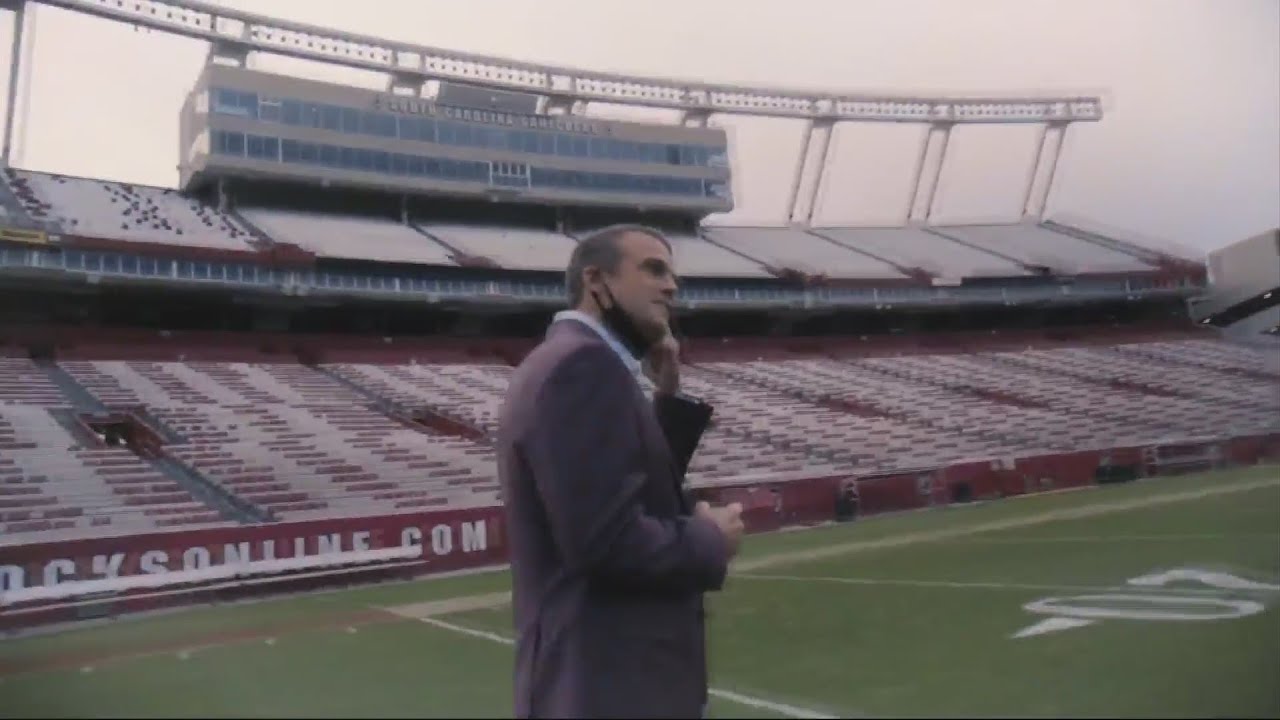

Dabo Swinney fired offensive coordinator Billy Napier and hired Texas Spread evangelist Chad Morris. The first turning point for Clemson came following the 2010 season that saw the Tigers finish with their first losing record since 1998. In a 2016 article I wrote on Clemson’s long journey to becoming a blueblood, I laid out how Clemson giving Dabo time to tinker on both sides of the ball eventually elevated the Tigers into national title contention. I’m not suggesting that we completely disregard that downside risk what I’m suggesting is that many schools are currently assigning it far too much weight. The downside risk is that you’ll waste years on a coach who lacks the capacity to turn things around. When you opt to retain a coach despite a bad season or two, they have the opportunity to make changes to their program without having to bring in a new coach and reset the entire program to its factory settings. Rather, it comes from a sense confusion at how, exactly, one is meant to build a successful program if even a single bad season is a fireable offense.īy CFB Playoff-era standards, the most tenured coaches in the sport - Kirk Ferentz, Kyle Whittingham, and even Dabo Swinney - would have each been fired sometime during the 2000s.

My consternation comes not from an overabundance of sympathy for millionaire head coaches. After immediately restoring Florida to where Florida ought to be - and keeping them there for three seasons - he was shown the exit after precisely one bad year. That’s more or less what happened to Dan Mullen. And the moment their ever-upward trajectory shows the slightest hint of bending downward, it’s time to pay the eight-figure buyout and hire his replacement. The coach at the avant garde of offensive innovation. Now, there’s an arms race to have the youngest coach.

Increasingly, it’s not merely enough to have a good coach who fields a team that competes for conference championships most years. And in so doing, they are missing out on the reward that often comes on the other side of some underwhelming seasons in, say, years four or five. Basically, I think part of the problem is schools are too quick to fire coaches and that they do this because they massively underrate the value of continuity. But what I will focus on is one aspect of the issue which has influenced my thinking about South Carolina’s coaching staff, in 2021 and beyond. The problem of ballooning head coach salaries is too big to solve in this post, and it’s only tangential to the point I wish to make. In a way, the extravagant spending turns up the pressure on the Shane Beamer Experiment, lest South Carolina have to wade once more into the ever-inflating coaching market. The $10 million/year salary LSU is throwing at Brian Kelly feels as though it is ushering in a new era in conspicuous consumption. A recent ESPN report tallied up over half a billion dollars spent by public universities on head coach buyouts between 20, and in a 2019 episode of The College Football Daily, I interviewed an economist about some of the systemic issues that have brought us to this point. The labor market for college football coaches is fundamentally broken in more ways than can be succinctly enumerated.


 0 kommentar(er)
0 kommentar(er)
